In this article, we will cover “How to Read Resistor Values”. A Resistor is a passive two-terminal electrical component that restricts the flow of electrons or electric current passing through it to a certain level. Resistors are available in a range of different resistance values from one Ohm ( Ω ) to millions of Ohms. In most large power resistors, the resistance value and tolerance are printed onto the body of the resistor as numbers or letters. But in most small resistors with a power rating up to one watt, the resistance value and tolerance are often indicated with color bands. The number of color bands on a resistor varies from three to six.
Use ful Steps
Here’s how you can use the color code to figure out the nominal value of a 3 or 4 band resistor:
- In most resistors the outer band is silver or gold, that band is probably the last band so the first band is at the other end. If there are no silver or gold bands on a resistor than compare both ends of the resistor, usually the first band is closest to a lead
- Read the color sequence of the resistor and search the color of the first band in the column labeled “1st digit” of the table given below. Similarly, search the color of the second band in the column labeled “2nd digit”. The first two bands always denote the first two digits of the resistance value in ohms.

- The number associated with the color of the third band is the multiplier. In the resistor shown in the figure, the third band is orange, so the multiplier is 103.
- Now read the color of the last band (4th band). The last band always shows the tolerance of the resistor. A silver band indicates that the actual resistance will be within 10 percent of the value indicated and the gold band indicates that the actual resistance will be within 5 percent. If you are using a three band resistor, then the default tolerance will be 20 percent

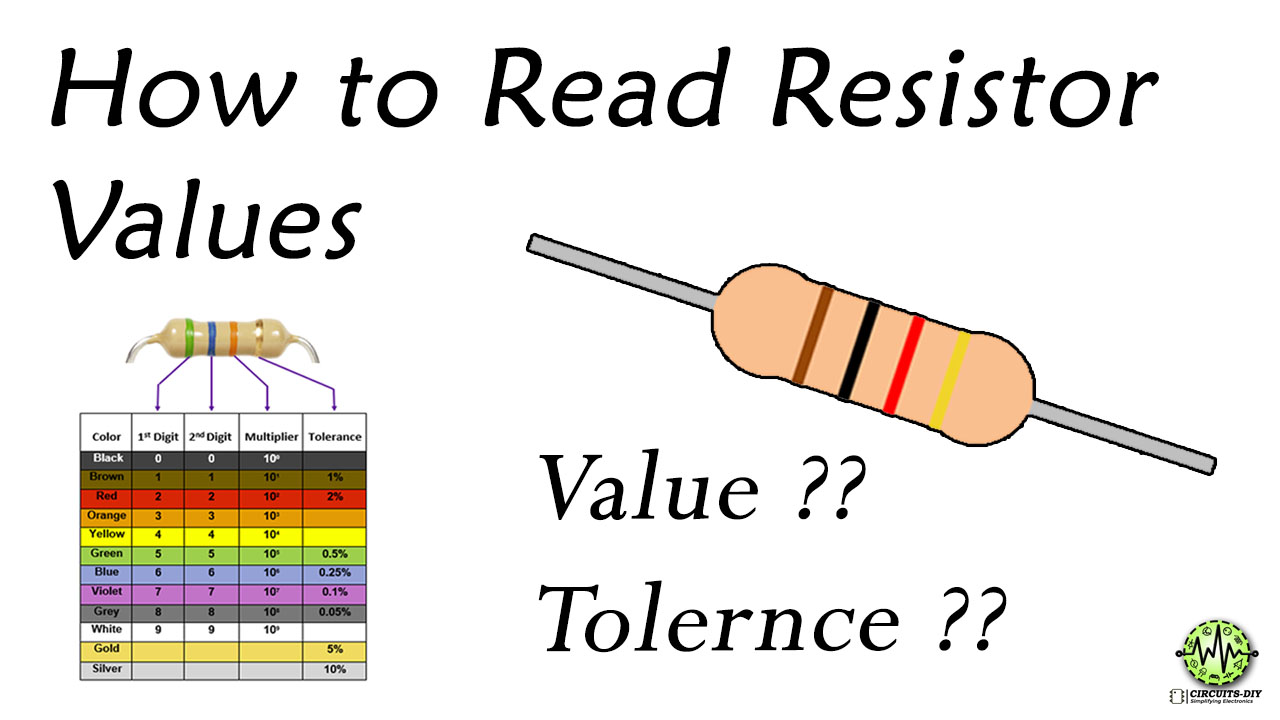


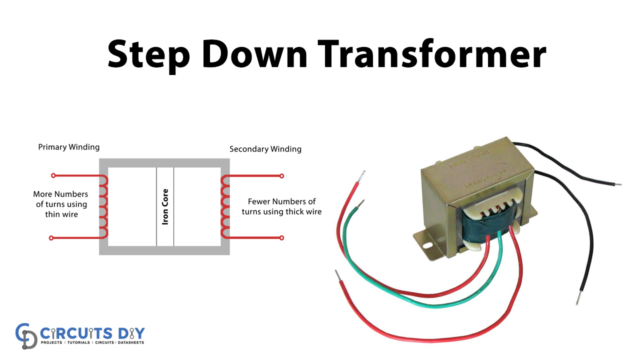
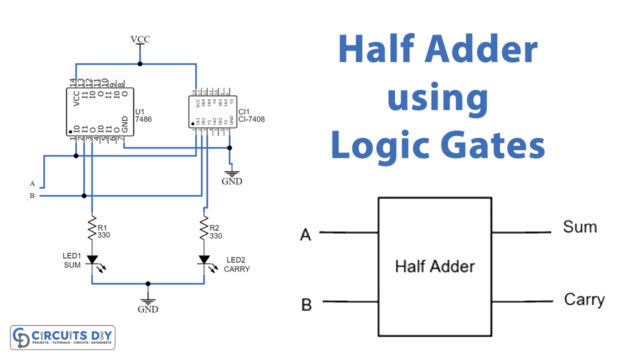
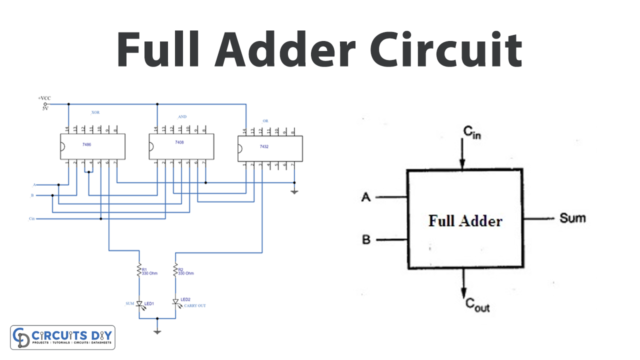
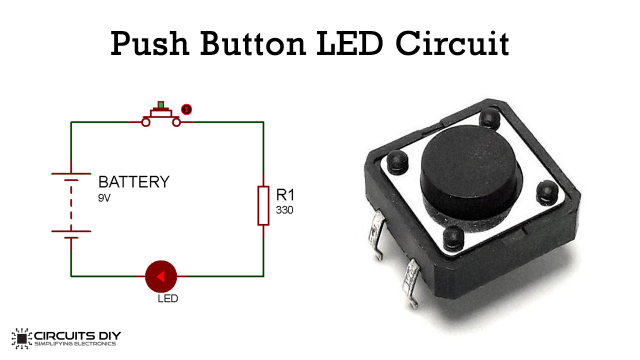
I am DEA electronic
Great